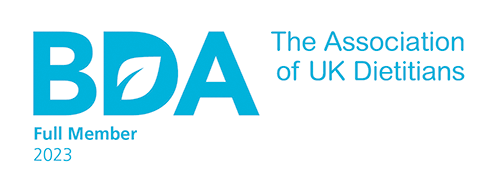Milk. It used to be so simple. Milk came from cows.
Not any longer….oat milk, rice milk, cashew milk, almond milk, soya milk, coconut milk, hazelnut milk…it goes on and on..
World Milk Day – not what it used to be. Dairy farmers must be raging.
Calcium
The significance of cow’s milk (and milk products like cheese and yoghurt) in our diet has mainly been to provide calcium.
Animal milk is often heavily promoted as being our main source of calcium.
This is misleading and often gets wrongly interpreted as meaning that animal milk contains more calcium than most other foods.
But this is not necessarily the case. Milk and milk products are simply one of a number of calcium sources – just ask your vegan friend.
Why do I need calcium anyway?
Calcium has several functions in the body. You probably already know that most of our body calcium is used for bone structure* and teeth but calcium is also needed for muscle contraction including heartbeat, nerve function, hormone functions and blood clotting.
*Calcium does not work alone – other bone healthy nutrients are vitamin D, vitamin K, boron, copper, magnesium, silicon, zinc….case closed regarding eating as wide and varied a diet as possible.
How much do I need?
Most adults need an average daily intake of 700mg of calcium, with some exceptions – breastfeeding mothers and postmenopausal women need more at 1200mg per day.
[There are also a number of medical conditions that may require higher calcium intakes eg osteoporosis, coeliac disease, or inflammatory bowel disease. Check with your health professional]Where can I get it?
Yes, dairy foods are a good source of calcium, but it is also found in many non-dairy foods. Find a list of good calcium sources here.
(Derived from information available at National Osteoporosis Society)
Final word
Drink animal milk, eat cheese and dairy yoghurt ‘til the cows come home if you like and tolerate them.
Just don’t think you must eat them for adequate calcium.
Enjoy a wide variety of other calcium containing foods, safe in the knowledge that vegans have a skeleton too.


